Wildlife crossings provide safer travels for animals
Safe traveling alternatives benefit animals and humans alike.
May 31, 2022
Although devastating, thousands of wild animals have their lives taken due to vehicles every year. There are rarely places for them to safely cross, and sadly, a poorly timed crossing can be fatal.
Jesse Kenyon, an earth and environmental teacher, expresses the importance of making accommodations for the animals that are inconvenienced by humans paving through their habitats with roads and buildings.
“Human development is encroaching on all wildlife habitats including here in NC. Creative solutions – including, but not limited to – wildlife bridges need to be pursued by policymakers, highway and transportation departments, and private sector developers,” Kenyon said.
When humans tear down natural life, such as trees and forestry, to make way for roads and structures, it interrupts the flow and harmony that nature has developed for itself by removing housing opportunities for animals, and interrupting migration paths and access to waterways. Wildlife crossings and corridors help animals better adapt to changing climates and aid them in migration patterns due to seasonal weather patterns. It also helps with habitat connectivity, which prevents inbreeding when animals are limited to a contained space. This leads to better genetic diversity and lets certain species thrive.
California was inspired by a grey wolf, OR93, to build an overpass that can help animals navigate over the Route 101 freeway, and it will stretch over eight lanes of traffic. After traveling over 900 miles, the wolf was accidentally killed by a vehicle, with roughly 90 miles left to travel to what is believed to be his desired destination.
Junior Alexis McCarrick is co-president of Wakefield High School’s Forces of Nature Club. This newly formed club was organized to inform students about ways they can help their community. They know the vital importance of maintaining a healthy climate, even through small actions.
“In combating the rate of pollution our ever-growing population is experiencing, trees are going to be a big help,” McCarrick said. “They provide us with the oxygen that we need and will work to mitigate the concentration of gaseous pollutants within the air.”
$90 million sends a clear tone about the value of this project and how California is trying to strike the right balance between protecting its natural wildlife and offering opportunities for its residents.
— Horton
The Wallis Annenberg Wildlife Crossing, aiming to be completed in 2023, will be located in Liberty Canon, which is a part of the 157,700-acre Santa Monica Mountains National Recreation Area, in California. It is designed to be a planted parkway aiming to have a natural look so animals will feel comfortable crossing. The crossing is designed to include plant life and trees, which can even work as housing for small animals and birds.
Amber Horton, AP Human Geography teacher, discusses the impact that California taking these steps will have on the area.
“This seems like something California has become an American trailblazer on,” Horton said. “$90 million sends a clear tone about the value of this project and how California is trying to strike the right balance between protecting its natural wildlife and offering opportunities for its residents.”
Other states across the United States have previously implemented smaller animal crossings for surrounding wildlife in their areas. Parley’s Canyon, in Salt Lake City, Utah, has a wildlife crossing that reported 706 crossings in 2021 and crosses the I-80 Highway. This and other forms of animal crossing help keep animals and humans alike safer every day when commuting across the expansive United States.
While there has been some hesitation and opposition to building overpasses like the Wallis Annenburg, there is a multitude of benefits that come from creating ones like this model, with a natural vegetation design that is specific to the area.
Claire Williams, a member of Wakefield High School’s Future Farmers of America club, expresses her support for these crossings and what they will mean for animal life.
“This will provide the animals with a more substantial diet that will be able to sustain a larger population,” Williams said. “When highways are built and cities are expanded, animals lose access to their natural diets and habitats, so by introducing these overpasses with the native vegetation, the animals will gain access to food and protection.”



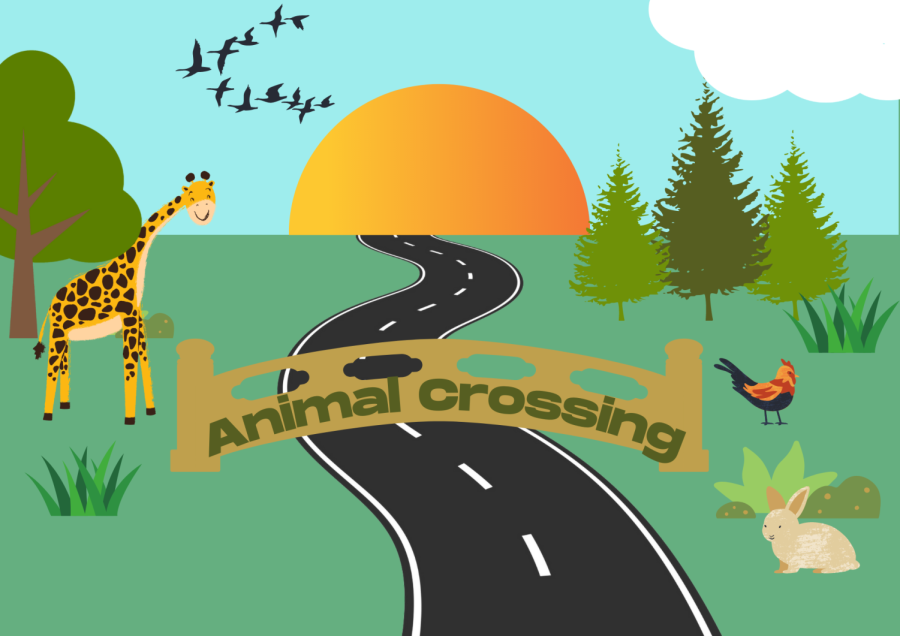





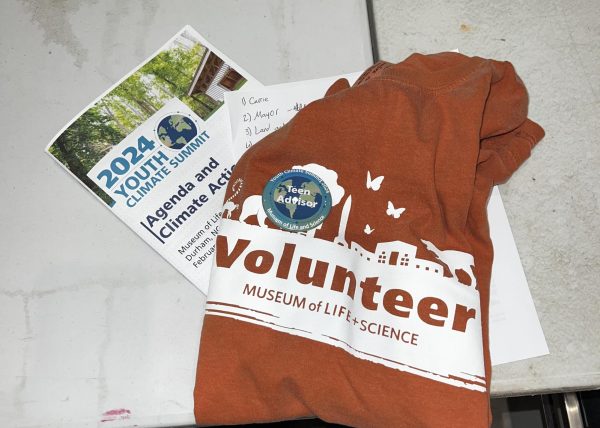


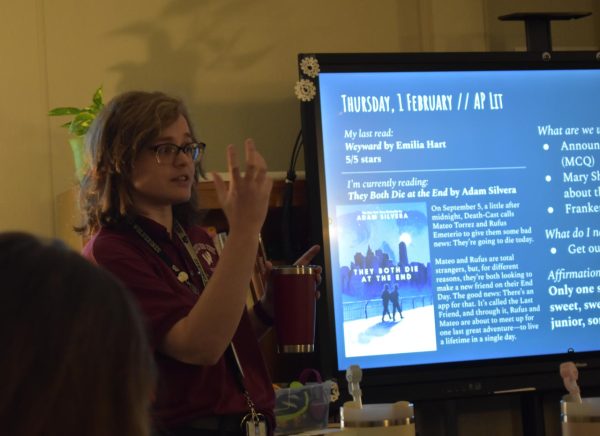

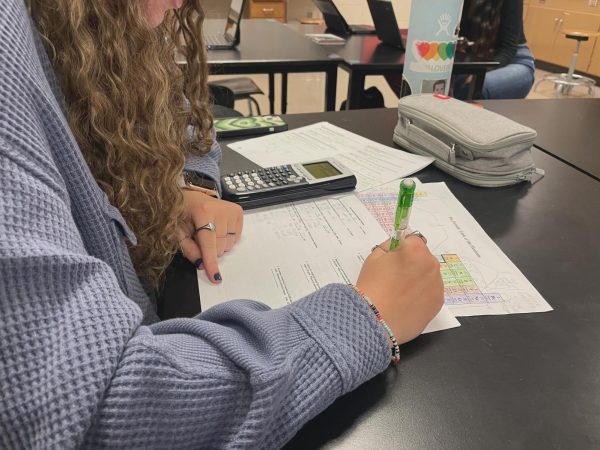
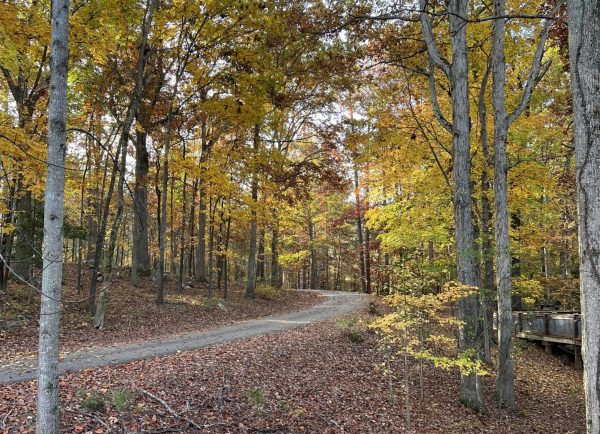
Kendall Wilson • May 31, 2022 at 9:00 am
yay millie! amazing article!!